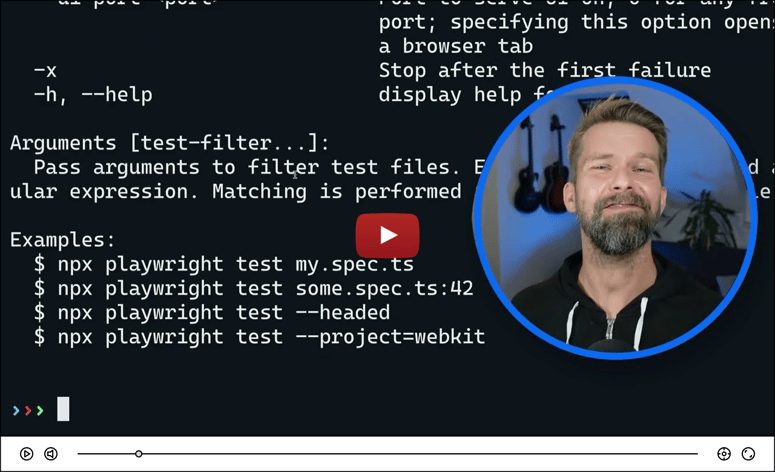Modern frontend development is more fragmented than ever. React, Vue, Angular, Svelte, Solid—each with its own ecosystem, community, and quirks. If you're like me, you're probably tired of rebuilding the same UI components every time your stack changes.
That’s why I’m betting big on Web Components.
📊 The Frontend Landscape is Shifting
Frameworks come and go, but the need for reliable, reusable UI components never disappears. Today, many UI libraries are deeply coupled to their parent framework:
- MUI and Chakra? React-only.
- Vuetify? Vue-specific.
- Angular Material? You guessed it: Angular-only.
If your team ever migrates (or you switch projects), you're often forced to start over or fight compatibility issues.
Web Components change that. They run natively in every major browser and integrate with any frontend tech that respects the DOM.
🚀 What Are Web Components (and Why Should You Care)?
Web Components are a suite of native browser technologies that let you define custom, reusable HTML elements:
Custom ElementsShadow DOMHTML TemplatesES Modules
That means you can create a <my-button> component that works in:
- React (via JSX or dangerouslySetInnerHTML)
- Vue (just mount it like any DOM element)
- Angular (bind to its props)
- Astro, Svelte, or even static HTML
It’s write once, use anywhere.
🏋️ Why Aren’t More People Using Them?
Good question. Historically, Web Components have faced some challenges:
- Styling: Scoped styles (via Shadow DOM) can be tricky with global CSS or frameworks
- Framework friction: React doesn’t treat custom elements as first-class citizens
- Learning curve: Developers are more familiar with framework-specific patterns
- Lack of tooling: Storybook support, testing tools, and IDE hints used to be limited
But in 2025? That landscape is changing fast.
Modern bundlers support custom elements out of the box. Tools like StencilJS and Lit make authoring Web Components feel like writing in your favorite framework, but with framework-agnostic output.
📊 Real Advantages for Today’s Devs
Here’s why I’m all-in:
- Cross-Framework Compatibility: No more rebuilding your button for every stack
- Future-Proofing: Your components survive a rewrite or migration
- Isolation: Shadow DOM scoping keeps styles clean and safe
- Interoperability: Use the same design system across teams and platforms
- Performance: Web Components load fast and stay lean
In a world where micro frontends and polyglot stacks are the norm, Web Components make total sense.
📑 What I’m Building with Them: Elementrix-UI
I’m creating Elementrix-UI — a TypeScript-first, StencilJS-powered component library that embraces Atomic Design and works in any frontend framework.
It’s my answer to the bloat and limitations of traditional UI kits. Instead of tying you to React, Vue, or Angular, it lets you build apps on your terms.
Because here’s the deal: The tools you use shouldn’t dictate your workflow.
Web Components finally break that chain.
🚫 Siloed UI Libraries Are Yesterday’s News
The future belongs to libraries that are:
- ✅ Framework-agnostic
- ✅ Dev-friendly
- ✅ Easy to theme and extend
- ✅ Community-driven
If you're frustrated by the same limitations I hit with MUI, Chakra, Tailwind UI, or Ant Design, it's time to look beyond the silo.
🌍 Let’s Build UI for Everyone
I’m building in public, shaping Elementrix-UI with real dev feedback. If you want to follow along, shape the roadmap, or support the mission:
- 📅 Join us on Patreon
- 🌐 Visit elyndrastudios.com
- 🔔 Follow @elyndrastudios for updates
Let’s stop rebuilding the wheel every project.
Let’s build the future of UI—together.




Top comments (0)